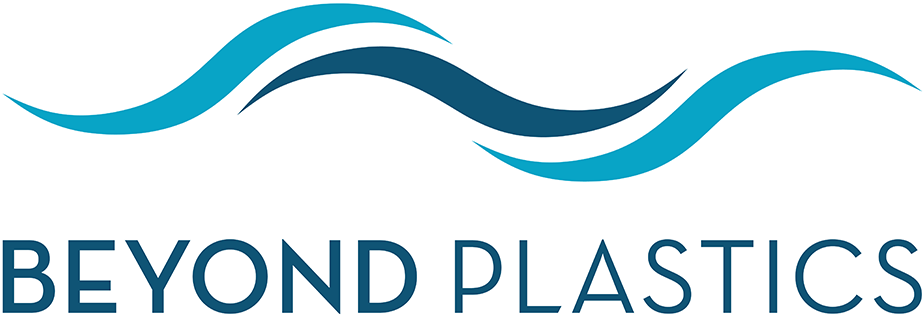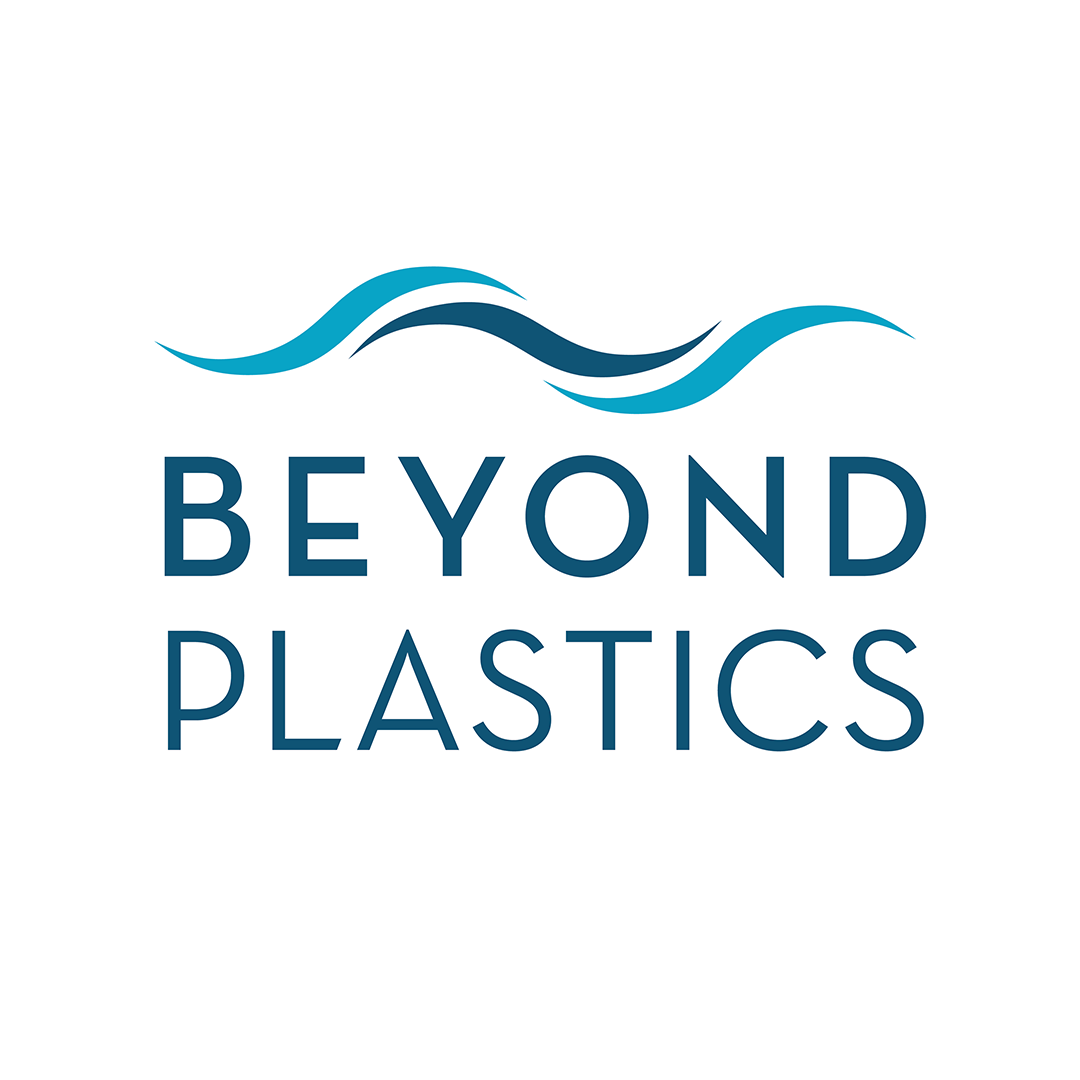The Problems with Expanded Polystyrene (a.k.a. EPS or Plastic Foam)
What is expanded polystyrene?
Expanded polystyrene (EPS) is a lightweight material that is made when polystyrene beads are expanded with gas and then placed into molds to create rigid products most often used for packaging, building, and food service.
Polystyrene itself is a polymer (resin) made from styrene monomers (smaller plastic molecules), which are derived from fossil fuels and can either be rigid or foamed and tinted with various chemical additives and colorants.
EPS is commonly referred to as Styrofoam, which is the brand name of a type of EPS manufactured by DuPont. However, many other companies make EPS products.
What are the problems with expanded polystyrene?
1. Expanded polystyrene does not biodegrade.
All plastics — including polystyrene — do not break down in the environment. Instead, they break up into smaller and smaller pieces. Over time, these little pieces become brittle and break down further into microplastics.
In the ocean, EPS breaks up into microplastics as a result of exposure to sunlight as well as through wind and wave action.
Marine animals and seabirds ingest these plastics after mistaking them for food.
Animals are unable to digest these pieces and particles, and the plastic builds up in their digestive system, eventually starving them. The animals also show toxic effects after repeated exposure to the chemicals in plastics.
2. Expanded polystyrene easily becomes pollution.
Polystyrene is lightweight and breaks up easily. As litter, it is picked up by wind and travels from streets and through storm drains.
Once fragmented, polystyrene is difficult to collect, and can persist in the environment indefinitely.
3. Expanded polystyrene is difficult and expensive to recycle — so it usually isn’t.
Like most plastics, EPS can include a vast cocktail of chemical additives that give it such features as shape, color, and texture.
“Chemical recycling” has been attempted for polystyrene, but Regenyx, the only facility that did this, closed in early 2024. Even while operating, this plant produced about one ton of hazardous waste for every ton of styrene monomer generated.
4. Expanded polystyrene has been linked to cancer and other negative health impacts.
EPS contains the chemical styrene, which has been classified as a probable human carcinogen.
In addition to cancer, styrene has been linked to vision and hearing loss, poor memory and concentration, and an impaired nervous system.
How are people exposed to the harmful chemicals in expanded polystyrene?
In addition to the styrene EPS is made from, added chemicals of concern include phthalates and flame retardants. These chemicals can migrate into indoor air and dust. When polystyrene is used for food packaging, chemicals can leach into food and beverages.
The likelihood of migration is higher when food or beverages are hot, acidic, or high in fat.
A polystyrene cup used for tea, for instance, will trigger chemical leaching through heat and acidity. If the tea contains milk or cream, the migrating chemicals will be absorbed by the lipid content of the milk and made easy to ingest.
Safer Alternatives Exist!
Fortunately, there are safer alternatives for most applications of expanded polystyrene and many companies and municipalities have successfully made the switch away from EPS. For example:
McDonald’s gave up its EPS packaging in 1990.
As of June 2024, 11 states and more than 250 U.S. cities and counties have banned or placed restrictions on polystyrene foam.
WHAT YOU CAN DO
1. Make a point of avoiding plastic foam in your daily life. A few examples:
Bring your own refillable insulated metal mug for coffee instead of drinking it from a polystyrene hot cup (don’t forget that the sipping lids on hot cups are often made of expanded polystyrene, too).
Bring a metal tiffin instead of packing hot food (like leftovers or lunch options) into a polystyrene foam food container at restaurants or delis.
Don’t buy EPS packing peanuts. Instead, use shredded paper, perforated cardboard, or balled up newspaper or tissue paper to pack items for shipping or moving.
If you’re renovating or building a structure, choose a non-toxic insulation that does not contain polystyrene.
2. If you’d like to make an even bigger impact, you can work to pass a local or state-wide ban on expanded polystyrene. Many towns, cities, counties, and states have done this and you can do it, too. See the resources below for tools and tips for getting state or local governments to pass a ban on expanded polystyrene (EPS).
MODEL LEGISLATION
Our model “Beyond Plastics Bill” is a great starting point for banning single-use plastic bags, stirrers, straws (except upon request) balloons, and expanded polystyrene. If your town, city, county or state has already banned any of these items, you can simply remove them from the language.
GET THE TOOLKIT
Get everything you need to work to pass a ban on expanded polystyrene and other problem plastic items here. Click here for the toolkit.
GET THE FACTS
Check out our handy Expanded Polystyrene Fact Sheet – available to download as a PDF.


